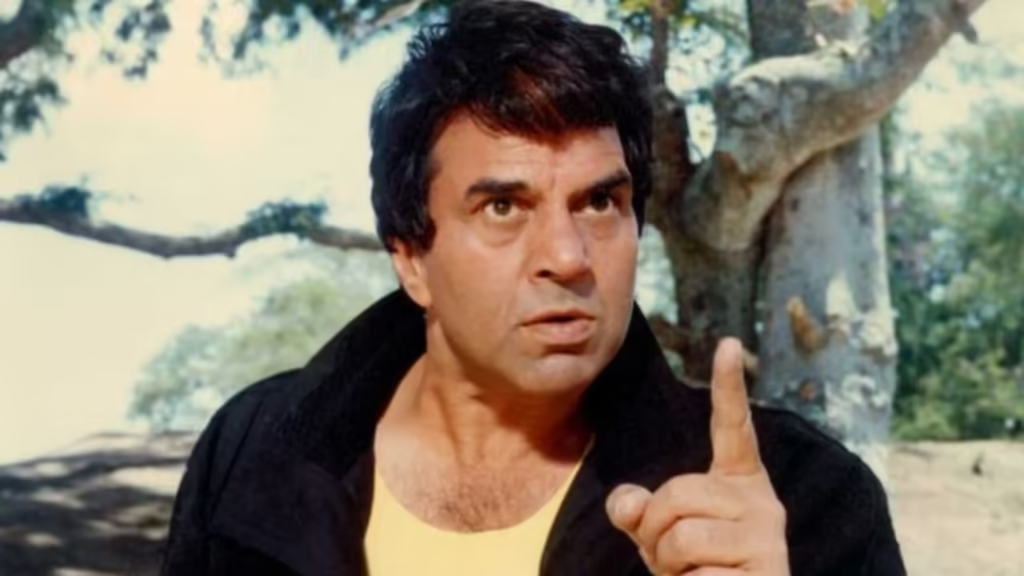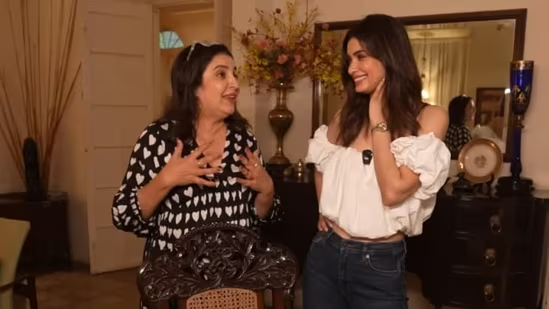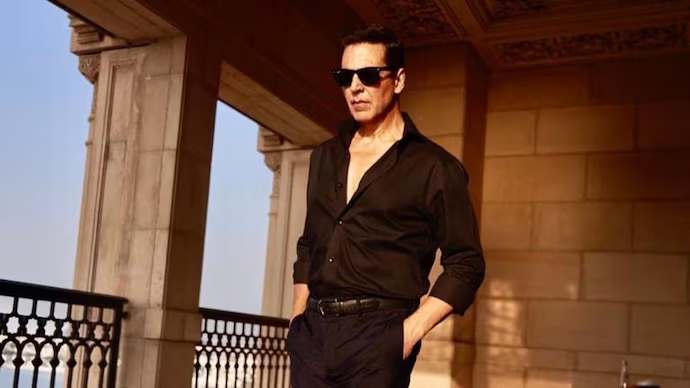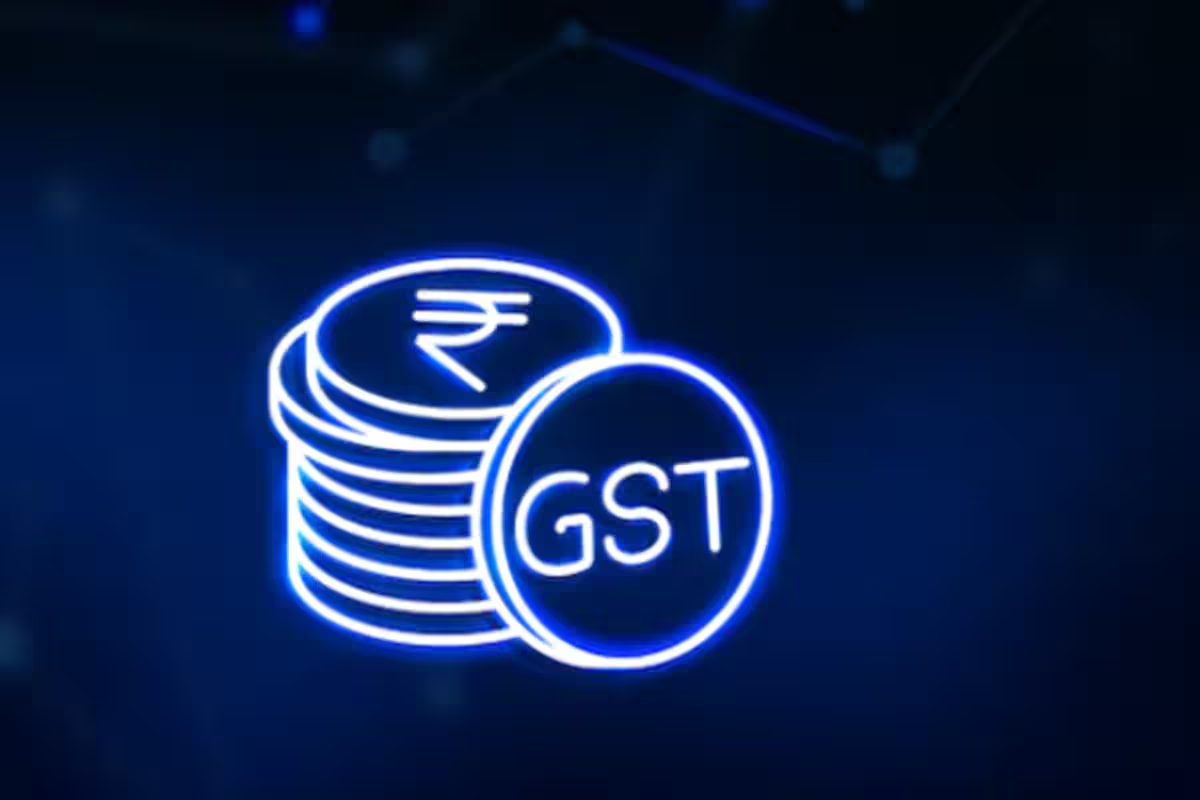Now Reading: Inside India’s Regional Content Boom: How Bhojpuri and Marathi Shows Are Gaining National Eyeballs
-
01
Inside India’s Regional Content Boom: How Bhojpuri and Marathi Shows Are Gaining National Eyeballs
Inside India’s Regional Content Boom: How Bhojpuri and Marathi Shows Are Gaining National Eyeballs
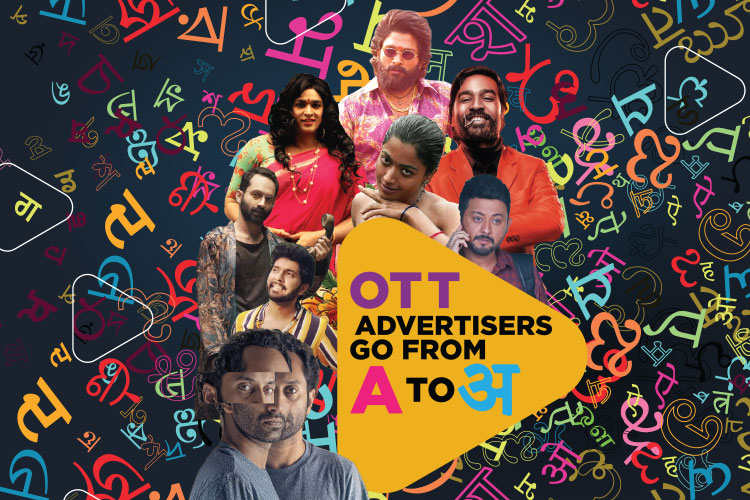
Regional language content in India is witnessing a remarkable rise, with Bhojpuri and Marathi shows now drawing attention far beyond their traditional audiences. Once limited to local TV channels and niche platforms, these regional productions are now climbing national OTT charts and becoming part of mainstream entertainment conversations. The trend reflects a broader shift in audience preferences toward culturally rooted, relatable storytelling.
A Cultural Shift in Viewership
For years, Hindi and English content dominated India’s entertainment landscape. However, a growing segment of viewers—especially from Tier-2 and Tier-3 cities—has started embracing stories that reflect their own language, lifestyle, and values.
Shows in Bhojpuri and Marathi are tapping into this sentiment, offering stories that feel more authentic to local realities. Whether it’s a family drama set in a rural Maharashtrian village or a Bhojpuri action series reflecting grassroots issues, audiences are responding to the familiarity.
OTT Platforms Lead the Way
Major OTT platforms like Amazon Prime, Zee5, and regional apps such as Planet Marathi and Chaupal have begun investing in high-quality regional productions. Marathi web series like Raanbaazaar and Bhojpuri originals like Lal Dupatta are not just doing well regionally—they’re getting traction across states.
Improved production values, professional writing, and subtitles are helping these shows reach pan-Indian and even NRI audiences, who seek a connection to their roots.
Boost from Tier-2 and Small-Town Audiences
Cities like Nashik, Patna, Aurangabad, and Varanasi have become strongholds for regional content consumption. With better mobile internet and affordable smartphones, these towns are driving massive viewership numbers.
Many young viewers in these cities relate more to the characters and social settings in regional shows than to metro-centric dramas. This relatability is converting into loyalty—and making content creators take note.
Bollywood and National Media Take Notice
The success of regional shows is also prompting collaborations between mainstream Bollywood actors and regional creators. Several Hindi film actors are now venturing into Bhojpuri or Marathi web series, helping bridge the gap between national fame and regional narratives.
Even national news media and entertainment critics are giving regional content the attention it long deserved, reviewing shows and interviewing actors once considered “local.”
Challenges and the Road Ahead
Despite the growing popularity, regional content still faces challenges—limited budgets, language stereotypes, and lack of national marketing. Bhojpuri content, in particular, battles an outdated image tied to over-the-top action or item numbers.
However, creators are pushing back with more grounded, socially relevant narratives. As long as the focus remains on quality storytelling, the upward trend is likely to continue.
Conclusion: The Rise Is Real
India’s regional content boom is no longer a passing trend—it’s a significant transformation in how the country consumes entertainment. With Bhojpuri and Marathi shows leading the charge, the rise of regional languages is not just reviving local cultures but also reshaping national viewership habits.
For Tier-2 audiences and beyond, the message is clear: India’s stories are best told in all its languages.









